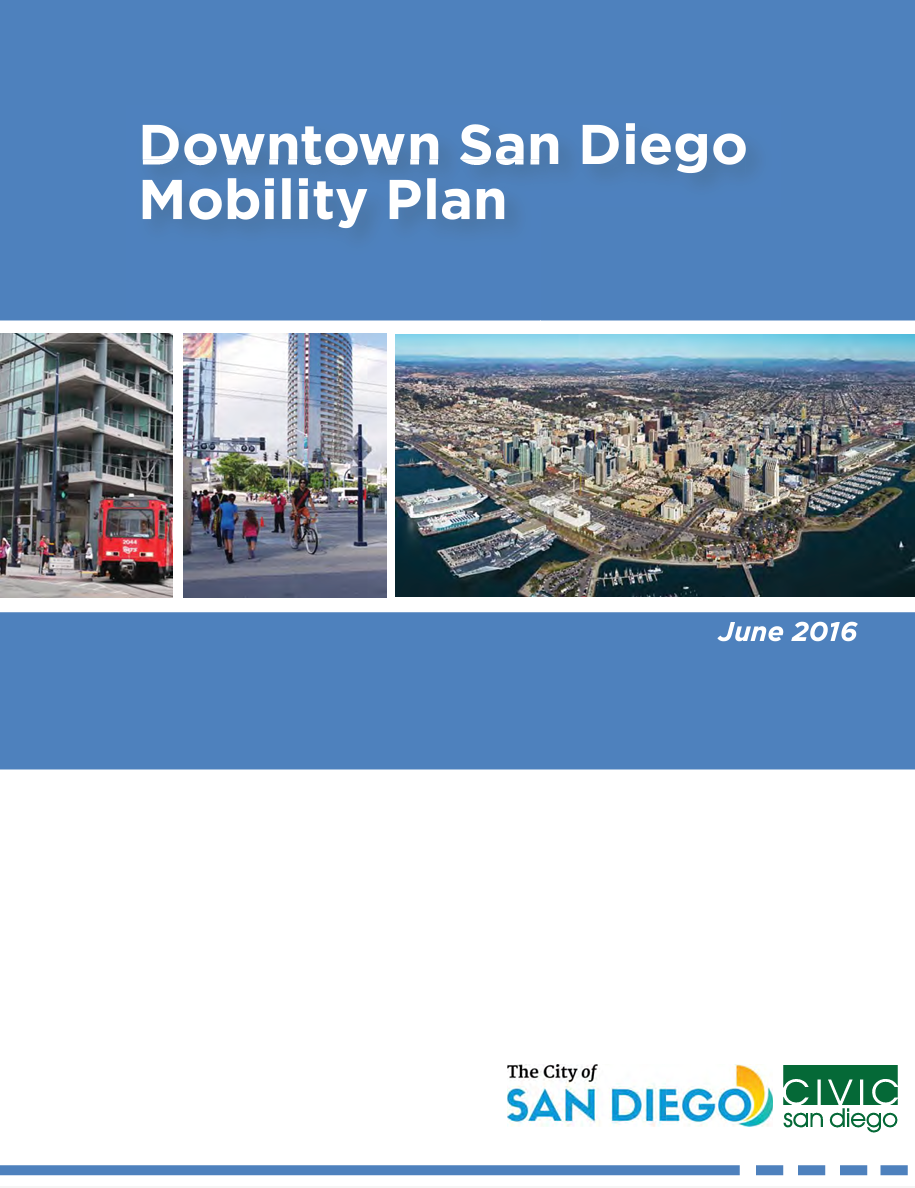
Many cities have undertaken urban mobility planning studies to prepare urban mobility plans and several examples of these studies are presented here.
Edinburgh | Scotland | 2019 | 0.5 million inhabitants
Edinburgh Strategic Sustainable Transport Study. The scope of the study focuses on ten strategic corridors which represent those that are more likely to be suitable for transit-based solutions. The approach taken included reviewing the impacts of the corridors on socially deprived areas (using an Index of Multiple Deprivation) and accessibility (using Public Transport Accessibility Levels) to assess how close areas are to public transport, taking into account walking time to access public transport (to a stop or station) services and how frequent services are in the area. The study emphasized the need for integrated transit and spatial planning as transit can help support an increased density, rate and value of development and therefore support sustainable land use development. It provided the basis for the Edinburgh City Mobility Plan 2021-2030.
Liverpool | Australia | 2020 | 0.2 million inhabitants
Liverpool Sustainable Urban Mobility Study. This study aims to assess the suitability of key transport and land use scenarios and identify recommendations that are practical, sustainable, complimentary of outstanding committed transport infrastructure and commensurate with national, regional and local policy. The study reviews existing multi-modal mobility data and travel behaviour in the Liverpool Local Government Area, summarises the key findings of the Local Strategic Planning Statement public engagement activities, undertakes access analysis for future transport and land use scenarios, and based on the scenario outcomes and community concerns provides a suite of modal recommendations.
Piraeus | Greece | 2016 | 0.2 million inhabitants
Developing a Sustainable Mobility Plan in Piraeus with Special Emphasis on Cycling. The plan described in this paper demanded an in-depth analysis of the existing situation and a strong support from the participatory procedures, as Piraeus was considered a “beginner” not only in cycling but in sustainable mobility. The principal aim of the study was to propose a plan, adapted to the social and physical features of the City of Piraeus. Along with the exploration and analysis of the existing situation, the study used a bottom-up approach that involved residents and visitors of the City of Piraeus, not only by integrating their views and desires for the city but also by encouraging them to choose among alternative mobility policy solutions. Based on the findings of the analysis of the existing situation, different scenarios were proposed. The scenarios represented each of the “possible futures of the city”, based on mobility choices. The most desired scenario was selected based on participation of residents, visitors, the municipality and stakeholders.
Phnom Penh | Cambodia | 2021 | 2.2 million inhabitants
Transforming Urban Mobility in Phnom Penh Towards Inclusive and Equitable Urban Accessibility. A core focus of this UNDP study is to understand the opportunity costs of not investing in specific measures that would allow for efficient, sustainable urban mobility. Similarly, possible impacts of efficient urban mobility on Cambodia economic growth are discussed, Phnom Penh is considered one of its main growth contributors. The holistic approach that this entails includes, among others, considerations of the use of road space (active lanes), sidewalk space (whether physically delimited or not) and the organization of activities taking place on urban surfaces dedicated to urban mobility. Together with consideration of derived economic and social costs, this allows for identifying systemic issues and drafting possible outcomes and solutions.
San Diego | USA | 2016 | 1.4 million inhabitants
Downtown San Diego Mobility Plan. The Downtown San Diego Mobility Plan Study presents a balanced, multimodal long‐range plan for transportation, setting the stage for Downtown San Diego to become a world‐class urban center that both accommodates high quality urban living for its residents and workers and attracts visitors from across the nation and the world. The Mobility Plan Study emphasizes the development of active transportation networks and the improvement of the walking and cycling environments, as these modes are not as advanced as transit and auto networks in terms of safe, quality facilities. A four-phased planning process was employed for the Mobility Plan Study. The four study phases included existing conditions assessments (including extensive consultation), identifying and crafting a vision for overall mobility and developing recommendations, plan development and implementation strategies, and environmental analysis.






